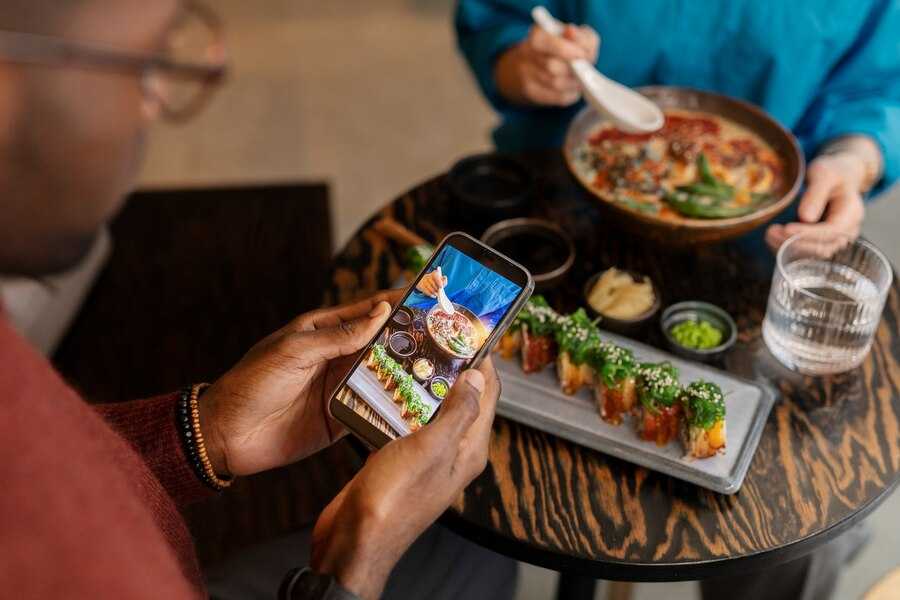BY KIARA BROWN
The world’s most loved brands invest heavily in understanding customer psychology and behavior, a core principle rooted in all successful business ventures. For example, Nike taps into powerful themes like determination, resilience, and empowerment in many of their marketing campaigns to drive sales and grow their audience. By associating their brand with these emotional experiences, Nike not only connects with existing customers, but also attracts new ones who resonate with the brand’s goals and values.
Research from Nielsen suggests that the concept of emotional branding plays a leading role in consumer decision-making, with emotionally connected individuals statistically being the most loyal customers.
For new brands entering the market, understanding how successful brands achieve this connection can serve as a blueprint for gaining credibility and creating lasting relationships with their target audience. Upcoming brands can use this insight by investing in market research to understand their audience’s needs, desires, and emotional triggers and intertwining these statistics into their brand strategy.
Want your brand idea to reach Nike-level success? Just do it. It all starts here.
Start with storytelling
The most powerful strategy to establish brand success is storytelling.
Our brains are wired to respond to narratives, making storytelling the most effective tool for creating emotional connections between brands and their audiences. Sharing your brand’s journey, the challenges you’ve faced, and lessons you’ve learned can promote audience reach through relatability and authenticity.
In their book Made to Stick, Chip Heath and Dan Heath explore the concept of the “curse of knowledge” while emphasizing the importance of simplifying complex information through relatable stories.
People don’t like boring facts. Give them beautiful, heart-wrenching or completely shocking never-before-seen stories that somehow state the message you need to deliver and watch your audience skyrocket.
It’s all about those 5-star reviews
Social Proof Theory suggests that people often look to others to determine what is correct or acceptable in society. New brands can capitalize on this theory by collecting and showcasing positive customer testimonials, reviews, and endorsements, using this as their very own “social proof.” These passionate reviews have the potential to strike one of the biggest and arguably most important emotions in brand building: trust.
Your brand reviews matter! Make sure to integrate product/service review sections into your websites and social media platforms so you can optimize third-party credibility and build consumer trust.
Proving your value and expertise
Establishing your organization as a credible and informative resource in your chosen field is another key driver of brand success. Content marketing, particularly through an active social media presence, provides a path for your brand to showcase its: product, service, or industry expertise.
Research by the Content Marketing Institute highlights that 90% of the most successful content marketers put their audience’s informational needs first. The educational value that you offer your audience will eventually lead them to acquire a sense of dependency to your brand, another emotional tie that’s hard to beat.
By consistently producing valuable content, a brand can position itself as a reliable source and gain a strong fanbase in the process.
There’s this thing called transparency
A Harvard Business Review study revealed that consumers are more likely to trust companies that are transparent and open in their communication. Open communication builds a sense of trust, and consumers appreciate businesses that acknowledge their imperfections and actively work towards improvement. For new brands, being honest about: limitations, challenges, and things that go wrong can heavily contribute to growing your empire.
Influencer Marketing
Influencer marketing has emerged as a powerful tool to transform new-age consumers into loyal customers. A recent study by Influencer Marketing Statistics Canada found that 90% of marketers believe influencer marketing is comparably more effective than other marketing channels. Collaborating with influencers relevant to your industry of interest can provide your brand with instant credibility, tapping into the influencer’s established trust with their audience.
By drawing on established theories and evidence-based practices, even businesses with little to no experience can carve a clear path to success and win over their target market. In the complex world of business, brand-audience relationships are not just a suggestion; it’s a necessity for long-term success.


 Community News2 weeks ago
Community News2 weeks ago
 Community News1 week ago
Community News1 week ago
 Community News1 week ago
Community News1 week ago
 Community News1 week ago
Community News1 week ago
 Community News2 weeks ago
Community News2 weeks ago
 Community News1 week ago
Community News1 week ago
 Community News2 weeks ago
Community News2 weeks ago
 Community News2 weeks ago
Community News2 weeks ago































